The choice of clothing—a dark garment accentuated by delicate gold details—reinforces the refinement and sobriety of the scene. The skillful interplay of light carefully highlights the delicacy of her hands, the texture of her skin, and the delicate beauty of the flower. The richly ornamented original frame completes the picture, giving it the aura of a small 19th-century salon painting.
Gustave Clarence Rodolphe Boulanger was born in Paris in 1824 and died in 1888. He studied art in the studios of Pierre-Jules Jollivet and then Paul Delaroche.
In 1849, he won the prestigious Prix de Rome, which allowed him to live in Rome and develop a passion for archaeological research and Greco-Roman antiquity. He belonged to the Neo-Greco (or Neo-Greek) movement, alongside artists such as Jean-Léon Gérôme, meaning that he revisited antiquity with decorative flair but always with a concern for academic rigor. His work is characterized by subjects drawn from antiquity, Orientalist scenes, decorative work, and official commissions (notably for the decoration of the Opéra Garnier in Paris).
He taught, influenced a generation of artists, and remains a renowned painter of his time for his stylistic elegance and decorative refinement.
Oil on canevas with frame, signed G Boulanger.

















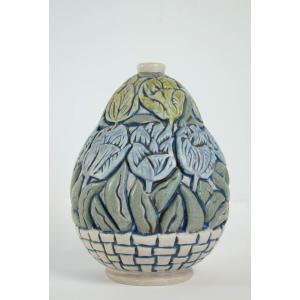
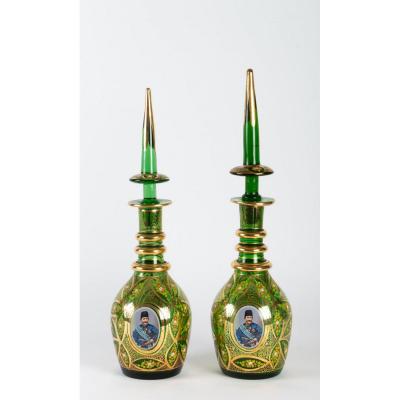
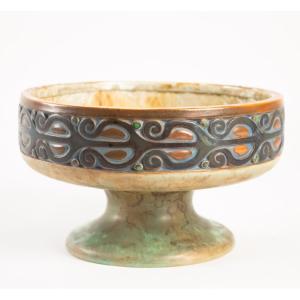
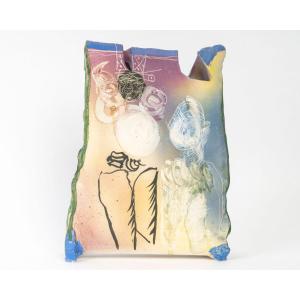


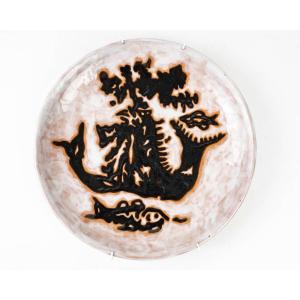




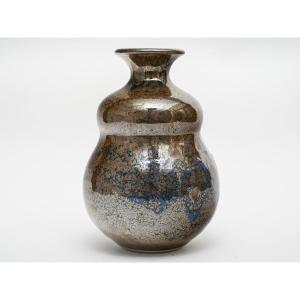



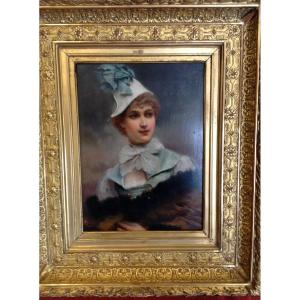

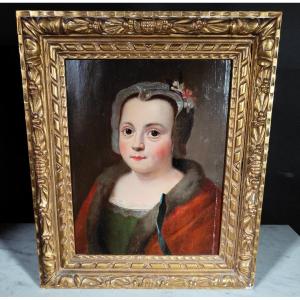
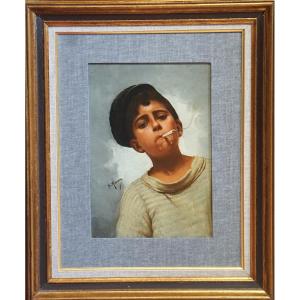




 Le Magazine de PROANTIC
Le Magazine de PROANTIC TRÉSORS Magazine
TRÉSORS Magazine Rivista Artiquariato
Rivista Artiquariato